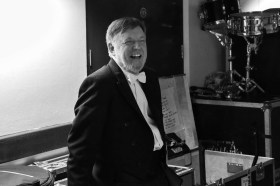Image: Dylan with some of his iron work.
Bob Dylan has developed an exhibition of iron sculptures titled Mood Swings, on display at the Halcyon Gallery in London.
The exhibition of iron gates pays homage to his home town, his childhood and the changing of the times, economically, socially and developmentally.





